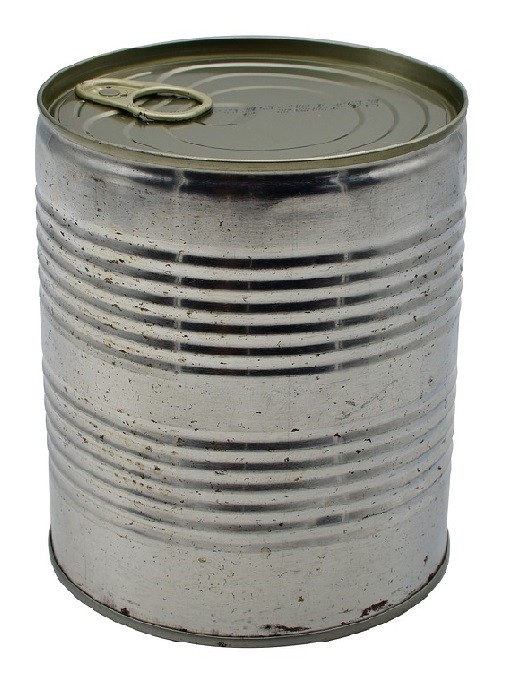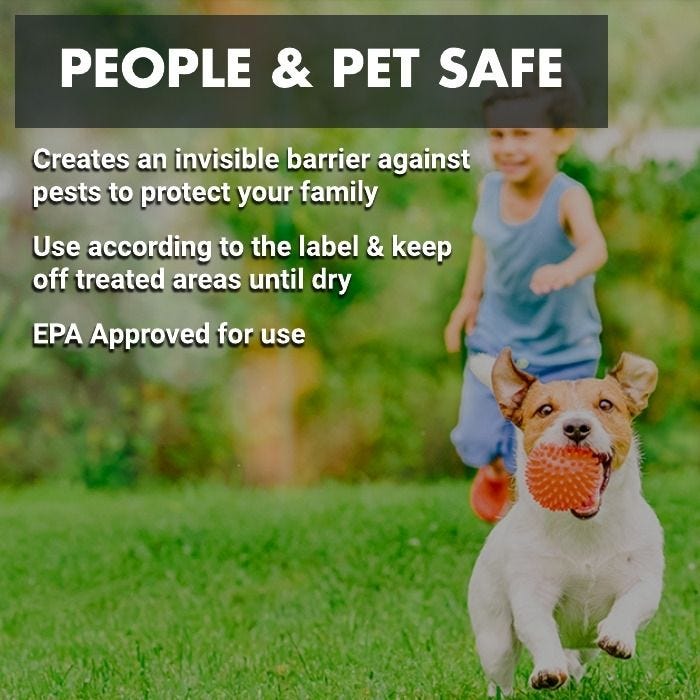Safe and Effective Ways to Remove Slough from a Wound Bed at Home
Understanding Slough in Wound Healing
Slough is a yellow, white, or greenish layer that can form on a wound bed, often appearing as soft, moist, or stringy tissue. It is made up of dead cells and other debris, and while it is not a sign of infection on its own, slough can delay healing by covering healthy tissue and impeding new skin formation. Removing slough in a safe and controlled way is important for promoting wound healing. However, not all debridement methods are suitable for home use, and some require medical expertise [1] .
Why Removing Slough Matters
Slough prevents proper wound healing by forming a barrier over healthy tissue. When left unaddressed, it can increase the risk of prolonged inflammation, infection, and delayed recovery. Removing slough exposes the wound bed, allowing new tissue to grow and supporting natural healing processes [5] .
Safe Home-Based Approaches to Slough Removal
While some advanced debridement techniques should only be performed by trained healthcare professionals, there are several evidence-based approaches you can safely use at home:
1. Autolytic Debridement (Moist Wound Healing)
Autolytic debridement leverages your body’s natural enzymes and moisture to soften and gradually break down slough. This is widely considered the safest and least painful method suitable for most people at home [1] [3] :
- Step 1: Cleanse the wound gently with saline or a wound cleanser. Do not use hydrogen peroxide or iodine unless instructed by a clinician, as these can damage healthy tissue [2] .
- Step 2: Apply a moisture-retentive dressing such as hydrocolloid, hydrogel, alginate, or transparent film. These dressings maintain an ideal moist environment, which promotes natural softening and detachment of slough [3] .
- Step 3: Change the dressing as directed, usually daily or according to product instructions. Watch for signs of infection (increased redness, swelling, pain, bad odor, or pus).
- Step 4: Monitor the wound’s progress. Over several days, slough may appear to soften, detach, and be absorbed by the dressing. Continue until healthy tissue is visible.
Case Example: Many individuals with pressure ulcers have successfully used hydrogel dressings at home, reporting that over the course of a week, slough reduced as the moist environment allowed the dead tissue to break down and be removed with each dressing change.
2. Mechanical Cleansing (Gentle Wound Cleaning)
Mechanical debridement involves using gentle physical action to remove loose slough, but aggressive methods like “wet-to-dry” dressings are no longer recommended due to risk of pain and damage to healthy tissue [2] .
- Step 1: Use a sterile, pre-moistened pad or gauze with saline to gently wipe the wound surface in a circular motion, removing only loose, non-adherent slough.
- Step 2: Avoid scrubbing or forceful rubbing, as this can harm healthy tissue and delay healing.
Real-World Guidance: Many home care nurses instruct patients to cleanse wounds gently during showers or dressing changes, carefully removing only what comes off easily. Persistent or thick slough should not be forcibly removed at home.
3. Specialized Modern Dressings
Some advanced wound dressings, such as ENLUXTRA Smart Wound Dressings, are designed to absorb exudate while hydrating dry areas, promoting selective and painless removal of slough [4] . These dressings are available for home use and can be purchased from reputable medical supply stores. Always follow product instructions and consult a healthcare provider if unsure.
When to Seek Professional Help
Certain types of slough, especially thick, dry, or firmly adherent tissue, may require medical intervention. Sharp debridement (using scissors or a scalpel) and enzymatic debridement (using prescription creams) should only be performed by trained and licensed healthcare professionals due to the risk of injury, infection, and pain [5] .
Indications to contact a healthcare provider include:
- Wound is not improving after several days of home care
- Increased redness, swelling, warmth, pain, or foul odor
- Fever or other systemic symptoms
- Presence of thick, black, or leathery tissue (eschar)
Guidance: If you notice any signs of infection or the wound worsens, contact your primary care provider, wound care clinic, or local urgent care center. You may also ask your pharmacist for advice on over-the-counter wound care options.

Source: fotor.com
Preventing Slough Recurrence
Proper ongoing wound care can help prevent the return of slough:
- Keep the wound clean and covered with the correct dressing
- Change dressings regularly and as directed
- Manage underlying health conditions such as diabetes or poor circulation
- Eat a balanced diet rich in protein and vitamins to support healing
Practical Example: A common cause of recurring slough is insufficient moisture balance. By switching to a hydrocolloid dressing and ensuring regular cleansing, many patients report better healing outcomes and reduced recurrence.
Potential Challenges and Solutions
Some wounds may be slow to heal or develop persistent slough despite proper care. In these cases, consider the following:
- Challenge: Dressing adherence or discomfort. Solution: Try a different type of dressing (e.g., hydrogel instead of hydrocolloid) or consult your provider for recommendations.
- Challenge: Wound shows signs of infection. Solution: Seek medical attention. You may need topical antibiotics or a change in wound management strategy.
- Challenge: Underlying medical issues like poor circulation. Solution: Work with your healthcare team to manage these conditions in conjunction with wound care.
Alternative Approaches and Additional Support
While home-based autolytic debridement is appropriate for many, other methods such as enzymatic, biological (maggot therapy), or ultrasonic debridement are available in clinical settings for complex wounds [1] . For those with insurance, wound care supplies may be covered-contact your provider for details. If you need assistance finding a wound care specialist, you can search for “wound care clinic near me” or contact local hospitals for referral information.
Summary: Key Steps for Safe Slough Removal at Home
1. Maintain a clean, moist wound environment using hydrocolloid or hydrogel dressings. 2. Cleanse the wound gently with saline; avoid aggressive scrubbing. 3. Remove only loose slough, never forcibly debride at home. 4. Monitor for signs of infection or delayed healing. 5. Seek professional help if the wound fails to improve or worsens.

Source: photoshopessentials.com
With patience and the right techniques, most minor slough-containing wounds can be managed safely at home, supporting the body’s natural healing processes and reducing the risk of complications.
References
[1] Net Health (2024). Think You Know Slough Wounds?
[2] Cambridge Media (n.d.). Slough: What does it mean and how can it be managed?
[3] Health Products For You (2022). Top 5 Wound Dressings for Treating a Slough Wound.
[4] ENLUXTRA (n.d.). Easy Slough Removal.
[5] The Wound Pros (2024). Effective Strategies for Slough Wound Management and Healing.
MORE FROM gowithdeal.com













